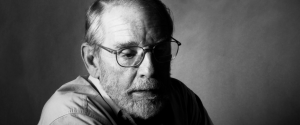Tyler Malone in Literary Hub:
 The sixties were a decade of upheaval and progress, and one of the many areas where that revolutionary spirit reared its head was in the art of nonfiction. In previous decades, nonfiction—particularly if written for periodicals—had been seen mostly as ephemeral reportage. It was for catching up on world events, local matters, and human interest, usually read over a morning cup of coffee, stained with those wet, brown rings. Partially because it was churned out on deadline, factual writing was often pooh-poohed as a lesser art form than fictional writing, with the focus merely on the transfer of information, rather than aesthetic splendor, thematic heft, and formal precision.
The sixties were a decade of upheaval and progress, and one of the many areas where that revolutionary spirit reared its head was in the art of nonfiction. In previous decades, nonfiction—particularly if written for periodicals—had been seen mostly as ephemeral reportage. It was for catching up on world events, local matters, and human interest, usually read over a morning cup of coffee, stained with those wet, brown rings. Partially because it was churned out on deadline, factual writing was often pooh-poohed as a lesser art form than fictional writing, with the focus merely on the transfer of information, rather than aesthetic splendor, thematic heft, and formal precision.
In the sixties, writers like Truman Capote, Gay Talese, Tom Wolfe, Joan Didion, Hunter S. Thompson, and John McPhee changed that perception by imbuing the factual with as much artistry as the fictional. Of course, the “New Journalism,” as it has often been called, might not have been as revolutionary—as new—as our cultural myths imply. McPhee, for his part, thinks this narrative is a bit of hooey.
More here.
